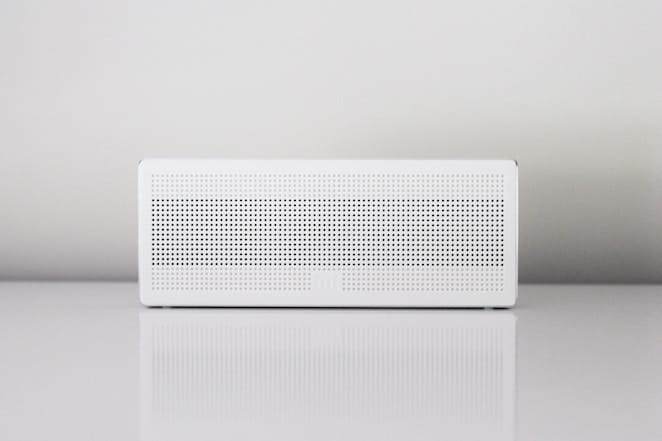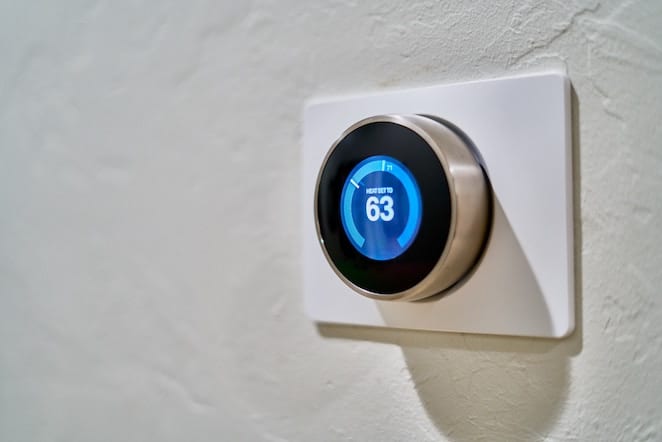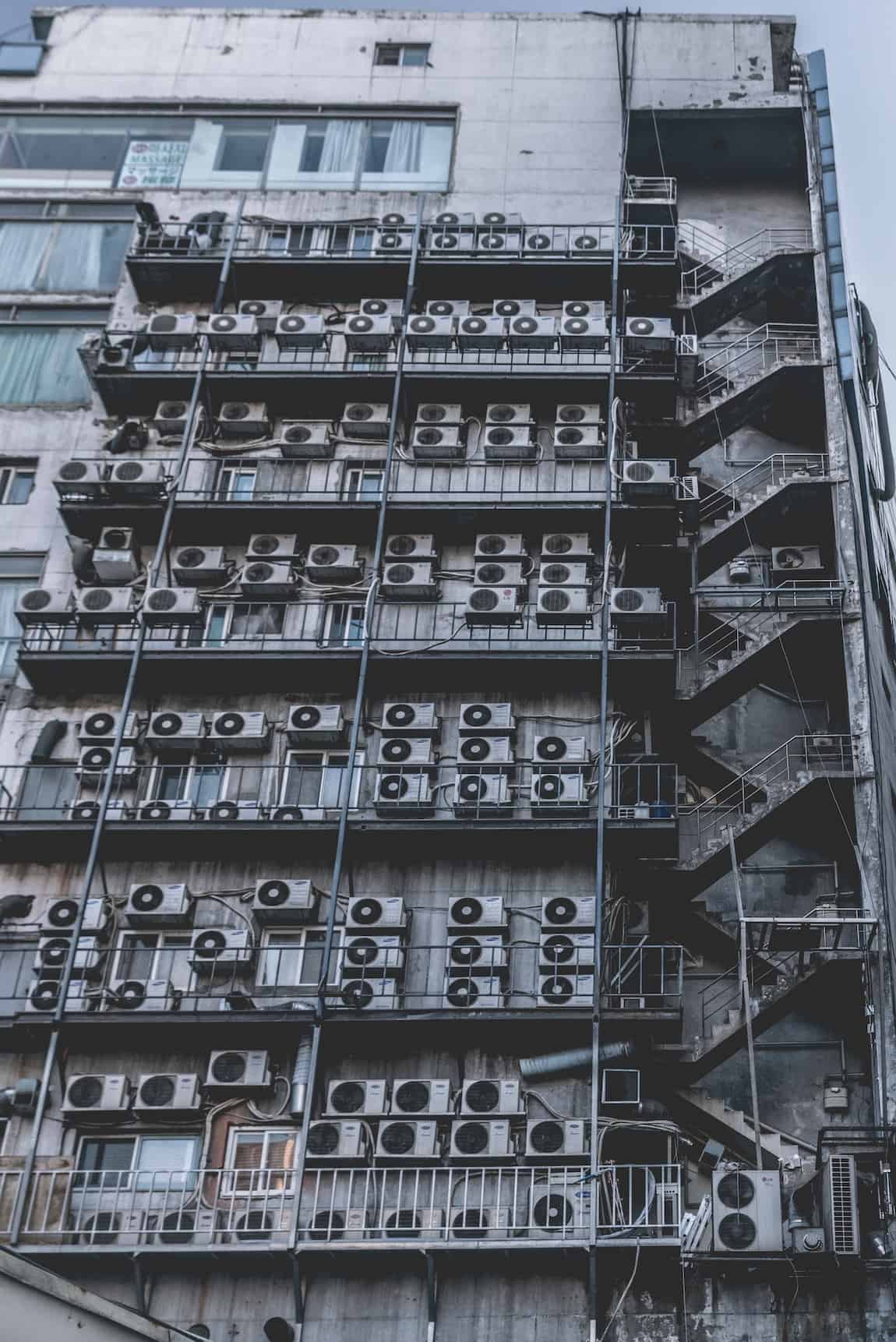There are common mistakes people make with their air conditioning system that can be avoided. Should routine maintenance or problems be ignored, it could lower their system’ efficiency, increase energy bills and result in expensive repairs. There are benefits to avoiding many common mistakes when it comes to maintaining an air conditioning system.
Thermostat
Many people don’t properly set or keep their thermostat updated. This can cause problems. The current state of air conditioning technology makes having a programmable thermostat essential. This thermostat enables someone to program specific temperatures for each time of the day. It will automatically lower or increase the temperature as needed. This makes it possible to effectively manage a home’s temperature and save money.

Air Filter
The purpose of an air filter is to remove allergens, dust and more from the air moving through an air conditioning system. These are filters made to be regularly replaced. After six months of use, a filter is filled with a lot of dirt. This is when air will struggle to move through the air conditioning system. It will decrease efficiency and increase dust in a home. Regularly replacing an air conditioning system’s filter can increase its efficiency by as much as 15 percent.
Size Requirements
The number of cubic feet to be cooled should determine the size of an Air Conditioning unit. Getting the correct size unit is essential when renovating an old one or buying a new one. Should an air conditioning unit not be large enough, it will work very hard to cool the air. In this situation, it will struggle to meet the cooling demands and will wear out quicker. If an air conditioning system is too large for the space it cools, it will often turn on and off. This will result in it becoming undependable as it wears out in a short period of time.
Checking Drain
It is common for an air conditioning system to utilize a drain in removing condensation outside of a home. Too many people ignore these drains. Should a drain get clogged, it can result in moisture overflowing. This can cause problems with the walls, floors and more in a home. Each year the drain needs to be checked. It’s important to make certain nothing is accumulating in the drain that could clog it.

Fins And Coils
It is a big mistake to not clean an air conditioning unit’s fins and coils. These permit heat to move from the air conditioning system’s refrigerant into the air. The unit’s condenser coils are designed to absorb heat from inside a structure. Moving heat is an essential part of the cooling process. It can become difficult if there is a build-up of grime and dust. This build-up could be costly and lower the unit’s efficiency. Fins and coils need to be cleaned when the warm season starts as well as periodically checked.
Windows
Many time homeowners forget about their windows. It is important to realize that a significant amount of heat comes through them. Should a person want to control the level of heat in their home, they need to be aware of what is happening with their windows. They should be closed and covered with drapes or appropriate blinds during the hottest time of day. The upstairs and downstairs windows should be opened for a period of time to increase a regular movement of cool air.
Temperature Setting
It is common for some homeowners to make the temperature too low. It is important to understand that an air conditioning unit works just as hard when the temperature is low as it does when it is set higher. The unit will adjust to the setting in a matter of time. People should program their thermostat to the temperature they want and not lower it more than they need.

It is estimated that over 90 percent of homes and almost all companies in the United States will utilize air conditioning to handle the heat in the summer. The U.S. Department of Energy reports air conditioning units to utilize approximately six percent of electricity produced during the warm months.





